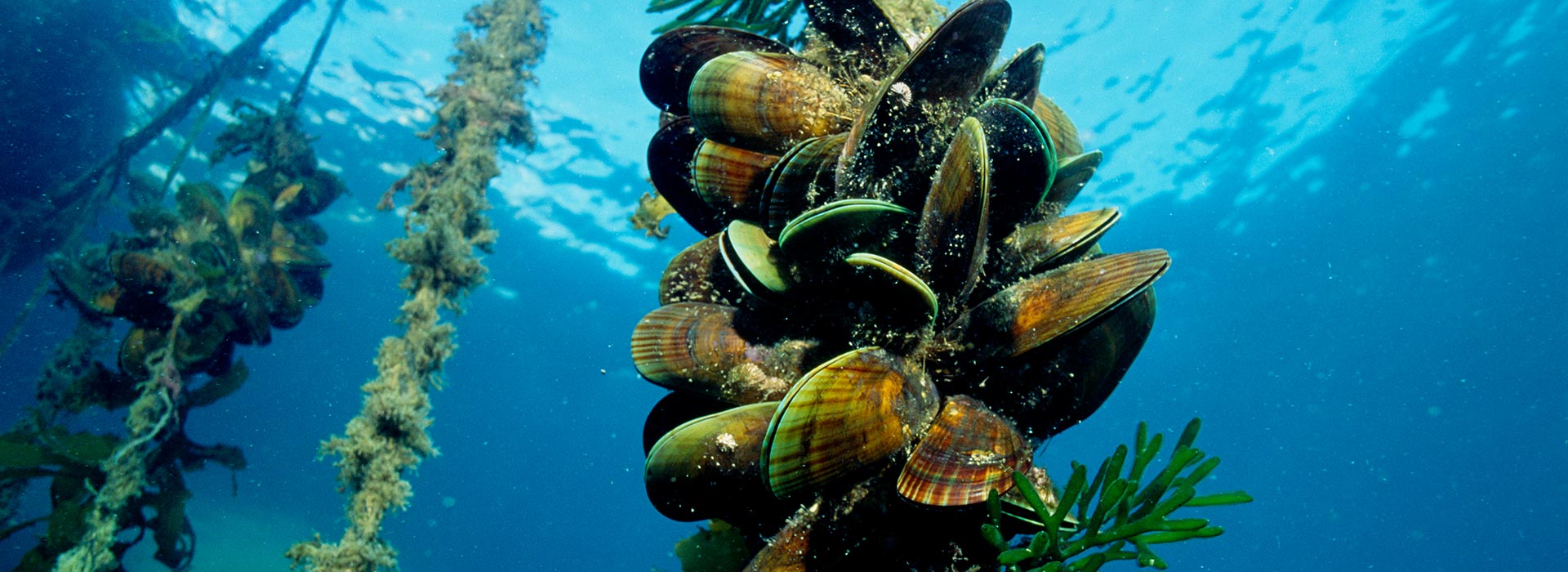Marine biotechnology: The big blue battleground
Blue2Green was the first Marine Biotechnology Convention ever hosted in New Zealand. Running over three days, the event was a joint meeting between the Australia New Zealand Marine Biotechnology Society, the International Conference on Coastal Biotechnology and the New Zealand Aquaculture Science Association.
The event focused on marine biotechnologies and resources encompassing commercial opportunities, technological trends, state of our environment, and environmental remediation and restoration strategies applicable to our territorial waters.
Going into this event relatively blind, I was impressed by the quality of presenters and presentations made. I only attended the workshop titled “From Innovation to Commercialisation” but managed to glean a good overview of the current state-of-affairs. Of particular interest to me was the level of bioactivity in our oceans. NZ has some of the most bioactive waters in the world, containing up to 14% of the world’s marine species. As a result of this, and in combination with some innovative research practices, NZ is one of the leading performers in terms of marine biodiscovery.
The sea is full of marine species constantly interacting chemically. One millilitre of seawater can apparently contain up to 50 million viruses. You could describe the ocean as one large battlefield, the engagement of choice – chemical warfare. With this, you can begin to understand the resource potential for discovery of anti-tumour, anti-viral, and anti-inflammatory drugs for both human and agricultural applications.
However, the state of our oceans is not good. A resounding topic was the increasing loss of biodiversity in the world’s coastal waters. While not the worst in the world, NZ waters are not excluded from this summation. The cause of the loss of biodiversity was attributed to increased sedimentation and urea run-off. For example, the mid-US alone uses 40 million tonnes of urea a year in agricultural and horticultural farming systems. This has contributed to the creation of one of the ocean’s largest anoxic (dead) zones at the mouth of the Mississippi river in the Gulf of Mexico. It was suggested that urea is used in luxurious quantities given its low cost. In fact, only about 20% of applied urea is taken up by plants, the rest leaches to our oceans and aquifers or evaporates, contributing to global greenhouse-gas production. The call to action: we need to reduce the application of lab-produced urea globally.
On a more positive note, the scientists and researchers highlighted a commercially sustainable opportunity for human intervention to actually improve our waters – install more mussel and seaweed farms! An individual mussel can filter up to 300 litres of water per day. Tie this with our growing $1.8b seafood export market and we have a compelling proposition. What a great way to improve our waters and build the NZ economy at the same time. It appears a local Iwi has come to a similar notion. Whakatohea Mussels recently acquired rights to farm 4,000 hectares of ocean off the coast of Opotoki. To service this, they have plans for a mussel processing plant based in Opotoki that will add up to 400 jobs to the local workforce.
All-in-all, an insightful event was had and I wish Blue2Green the best in their future endeavours. Not a bad start!
Want to read more on creativity, design, product development and innovation? Go to our Six Lenses Blog.


Comments